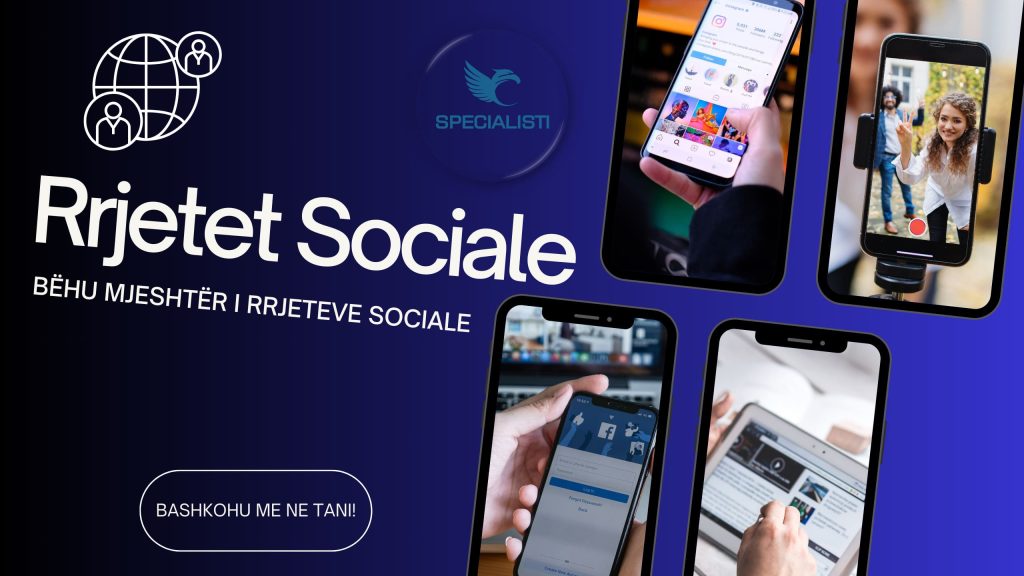Social Network
According to Oxford University, social networks are: Websites and apps that give users the opportunity to create and share various content or become part of a community.
But how did social networks start?
It all started with Web 1.0, followed by Web 2.0 and then Web 3.0. However, each of them has its own distinct feature. Below, we will discuss exactly how it has evolved, becoming increasingly functional over time.
What is Web 1.0?
At its core, this first version of the web consisted of a few people creating websites and content, and websites for a large group of readers, allowing them to access facts, information, and content from various sources of information.
It was created to help people better find information. This version of the web was dedicated to users searching for data. This version of the web is sometimes referred to as the "Read-Only Web" because it lacks the formats, visuals, controls, and interactivity that we enjoy on today’s internet.
People use the term "Web 1.0" to describe the earliest form of the internet. Users saw the first example of a global network that hinted at the future of digital communication and the potential for information exchange.
What is Web 2.0?
If Web 1.0 consisted of a small number of people generating content for a larger audience, then Web 2.0 is about many people creating even more content for a growing audience. Web 1.0 focused on reading; Web 2.0 focused on participation and contribution.
This version of the internet emphasizes user-generated content (UGC), ease of use, interactivity, and improved compatibility with other systems and devices. Web 2.0 is focused on the end-user experience. Consequently, this form of the web was responsible for the creation of communities, collaborations, dialogue, and social media. As a result, Web 2.0 is considered the primary form of interaction on the web for most users today. Website.
If Web 1.0 was called the "Read-Only Web," Web 2.0 is known as the "Participatory Social Web." Web 2.0 is an improved, better version of its predecessor, incorporating web browser technologies such as JavaScript frameworks.
What is Web 3.0?
And finally, we come to the latest iteration of the Web.
When we try to understand the ultimate meaning of Web 3.0, we need to look into the future. Although elements of Web 3.0 are already available today, it still has a way to go before reaching full realization. Also known as Web3, it is built on a foundation made up of the core ideas of decentralization, openness, and user utility. Web 1.0 is for reading, Web 2.0 is social and participatory, and Web 3.0 is for reading, writing, and execution.
This interaction and usage on the web shifts users away from centralized platforms like Facebook, Google, or Twitter, directing them toward decentralized, almost anonymous platforms. The inventor of the World Wide Web, Tim Berners-Lee, initially called Web 3.0 the Semantic Web. He envisioned an intelligent and autonomous internet that uses Artificial Intelligence and Machine Learning to function as a "global brain."
This idealized version did not fully materialize due to technological limitations, such as how expensive and complex it is to convert human language into something easily understood by computers.
But where might social networks be in the future?
Predicting the future is complex at any time, and the stripped-down nature of technology and prevailing social trends makes it even more challenging. However, by looking back at the past and the most successful platforms in the present, we can see where the ball may be headed.
Social media platforms do not exist without their user base. Brands that keep an eye on where users are moving and why will always have an advantage.
While there will always be a place for text (Reddit, Twitter, and Threads have made this clear), visual content creates the highest level of engagement. Video and image-based platforms will always be a strong choice.
Never stop monitoring. As Sherlock Holmes would say: "Data, data, data, I can't make bricks without clay." Looking at the numbers isn't enough. Brands need a strategy for capturing and analyzing their data over time to determine where their content is hitting on social media.




